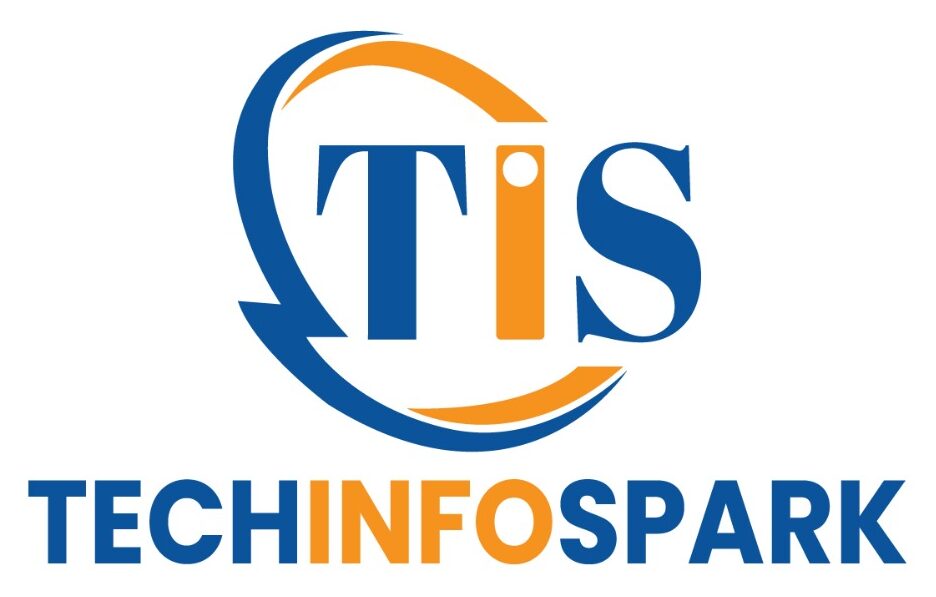Apple fans may finally get a feature Android users have enjoyed for years: reverse wireless charging. Recent leaks claim the iPhone 17 Pro and iPhone 17 Pro Max have been tested with a reverse wireless charging capability that would let the phone act as a wireless power source for accessories such as AirPods, the Apple Watch and potentially other phones. But before you start planning to top up your friend’s battery at a cafe, here’s everything to know: the rumor’s origin, how reverse wireless charging would work on an iPhone, technical hurdles (MagSafe magnets included), and whether it’s likely to ship this fall.
Where the rumor comes from
The reverse-charging chatter traces back to a Weibo-based leaker (Fixed Focus Digital) whose claims were picked up by multiple tech outlets and aggregators. Those reports say Apple has at least “tested” reverse wireless charging on Pro-level iPhone 17 hardware — meaning the feature has shown up in internal prototypes, though that doesn’t guarantee a final ship decision. Multiple sites including MacRumors and AppleInsider summarized the same leak, and mainstream outlets have run follow-ups as the iPhone 17 launch window approaches.
What reverse wireless charging would do for iPhone owners
If implemented, reverse wireless charging (sometimes called “power share” or “bilateral charging”) would let your iPhone act like a wireless charging pad. Practical use-cases include:
-
Topping up AirPods or other Qi-enabled earbuds by laying their case on the back of the iPhone.
-
Charging an Apple Watch for emergencies (though Apple Watch uses a proprietary puck-style charger, limited support could be added).
-
Sharing a trickle of power with another phone in a pinch (speed would be slow — this is convenience power, not a fast charge).
This is a neat convenience feature for short top-ups on-the-go, and it strengthens the iPhone’s role as the center of an Apple device ecosystem. Several Android flagships have supported similar features for years, so Apple adding it would be a clear parity move.
The technical catch: MagSafe magnets and Qi2
One big complication is Apple’s existing MagSafe system. MagSafe relies on a ring of magnets to align chargers and accessories precisely, and more recently standards like Qi2 include magnetic attachments. Some analysts and reports point out that those magnets — while great for secure attachment — can physically interfere with the coil alignment or magnetic coupling needed for reliable reverse wireless charging. That’s one reason Google’s Pixel 10 family has reportedly deprioritized reverse charging in favor of magnetic charging solutions. If Apple wants both strong MagSafe compatibility and dependable reverse charging, it will need to solve a real engineering puzzle (different coil designs, hardware layering, or software-managed power flows).
Which models might get it — and when
Leakers specifically mention the iPhone 17 Pro and iPhone 17 Pro Max as being tested with reverse charging; the standard iPhone 17 and the rumored iPhone 17 Air are not being talked about in the same breath. That fits Apple’s pattern of reserving cutting-edge hardware for the Pro line. The iPhone 17 series is widely expected to debut at Apple’s usual September event, so any shipping decision would likely be announced then — or the feature could be quietly included at launch. Until Apple confirms, treat this as an informed rumor rather than a promised feature.
Real-world limits & user expectations
Even if Apple ships reverse wireless charging, expect realistic constraints:
-
Slow speeds. Reverse wireless charging typically delivers low wattage (enough for a top-up, not a full recharge).
-
Battery health trade-offs. Using your iPhone to charge other devices drains its battery more quickly, so Apple might add safeguards or require a minimum battery level to enable the feature.
-
Accessory compatibility. Apple might limit supported devices (AirPods cases, some Watches) at launch, expanding support later via firmware.
-
Thermals. Passing power between devices can generate heat; Apple will need to manage thermals carefully, especially in thin titanium/metal chassis rumored for the Pro models.
Should you upgrade just for this?
If reverse wireless charging is a must-have for you, it’s worth waiting for Apple’s official announcement and hands-on reviews. For many buyers, reverse charging is a convenience feature rather than a game-changer — other improvements (camera, battery size, chip performance, iOS features) will likely be the heavier upgrade drivers. But if Apple nails the implementation — reliable, safe, and MagSafe-compatible — it could be a welcome bonus that makes the iPhone even more useful as the hub of your accessories.
Bottom line
Multiple reputable rumor sites report that Apple has tested reverse wireless charging on iPhone 17 Pro prototypes, and several outlets have speculated about the feature arriving on the Pro models this fall. However, technical hurdles around MagSafe magnets and coil design mean this is far from a guaranteed final feature. Treat the reports as a strong “maybe”: exciting, plausible, and worth watching — but wait for Apple’s official announcement at the 2025 reveal for confirmation and exact details.
From one and only by Team Techinfospark
- For more tech blogs visit our website :- https://techinfospark.com/



